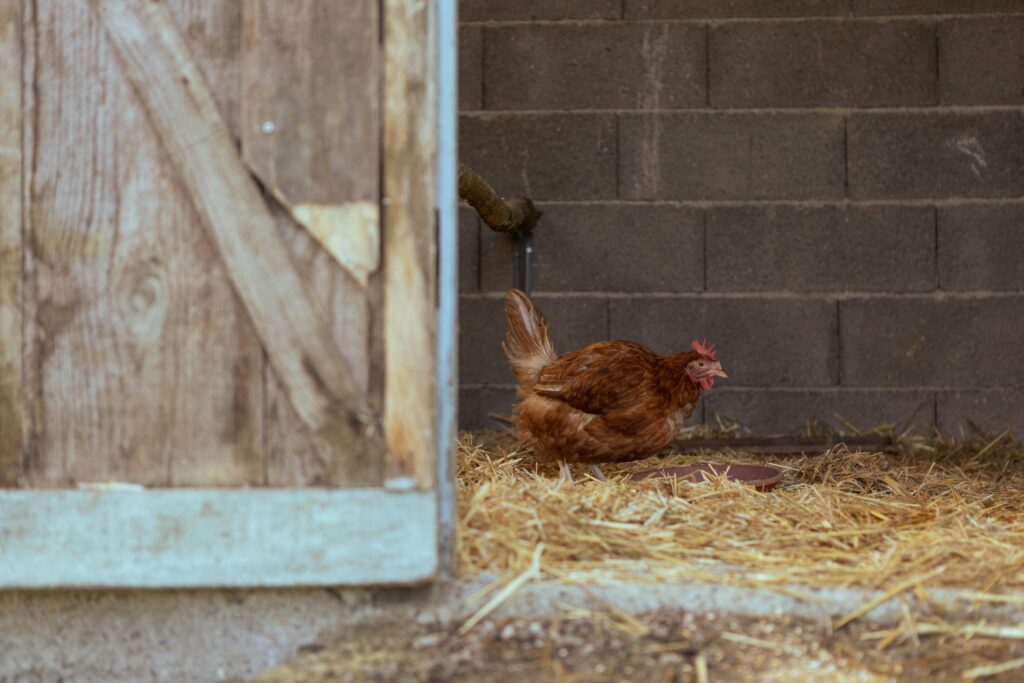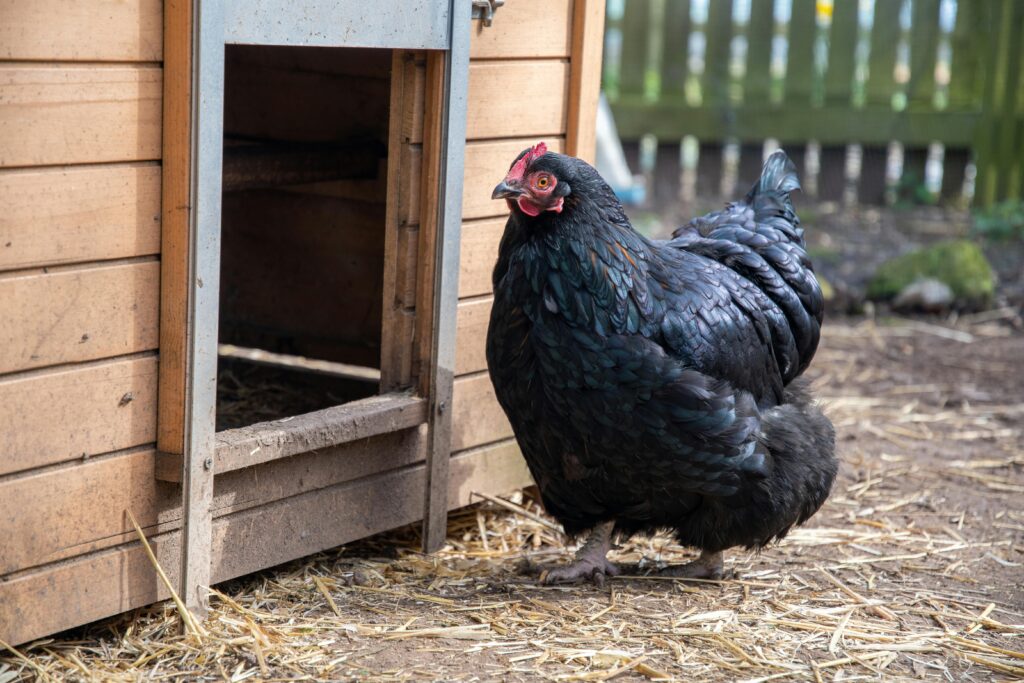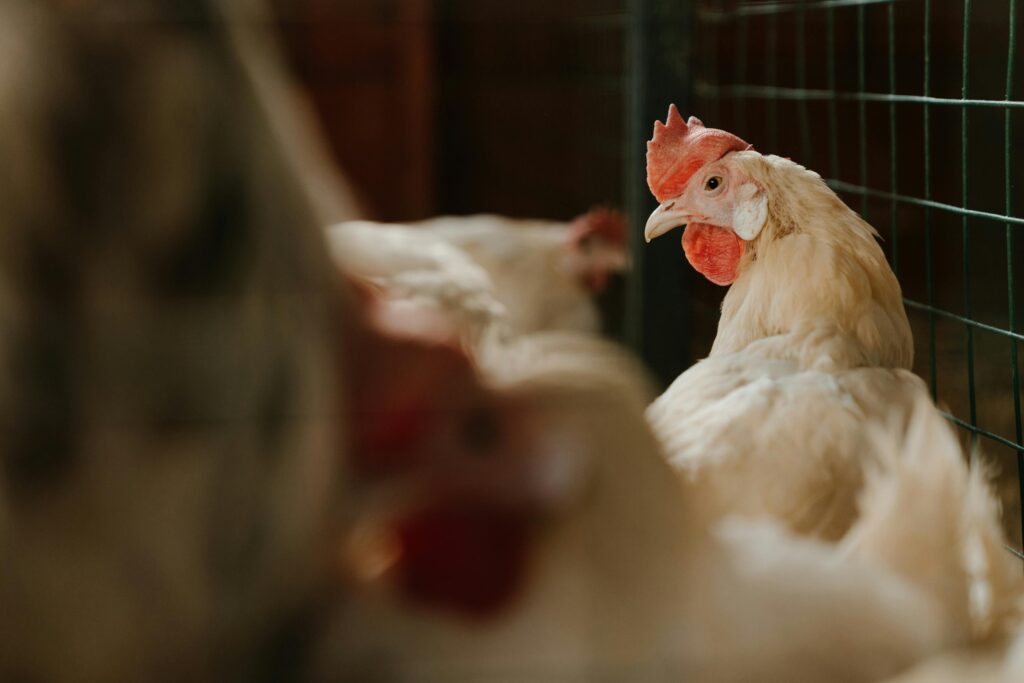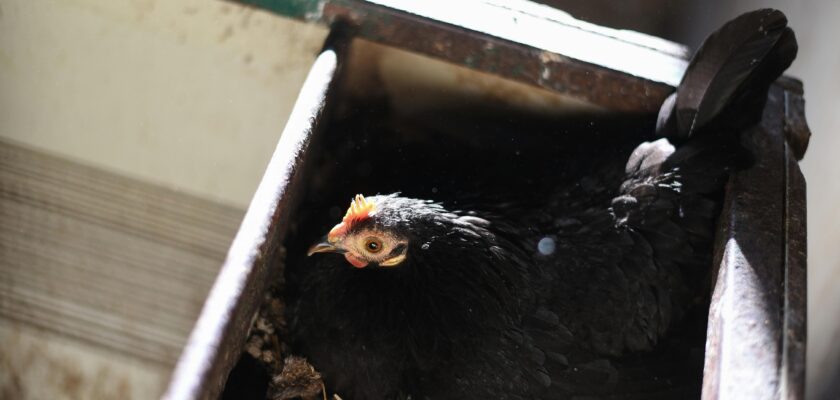Introduction: The Joy and Challenge of Raising Egg-Laying Hens
Backyard chicken keeping is a rewarding experience, especially when your hens are laying eggs consistently. However, many chicken owners struggle to figure out how to get chickens to lay eggs fast — and naturally. Whether you’re just starting out or trying to boost your flock’s output, the key lies in combining proper care, environment, and nutrition.

Photo by Andreas Ebner
1. Choose the Right Chicken Breeds for Egg Production
Not all hens are created equal when it comes to egg-laying capabilities.
Best Laying Breeds
- Rhode Island Reds: Hardy and prolific, laying up to 300 eggs/year.
- Leghorns: These energetic birds lay large white eggs consistently.
- ISA Browns: Known for early laying and high productivity.
Breed selection is the foundation of high output. Choosing dual-purpose or ornamental breeds may compromise your egg counts.
2. Provide a Balanced, Protein-Rich Diet
A protein-rich diet (16-18% protein) accelerates egg production. Essential nutrients like calcium, omega-3s, and amino acids must be present.
What to Feed for Maximum Egg Output
- Layer pellets or crumbles
- Protein-rich treats: mealworms, scrambled eggs
- Leafy greens and veggies
- Crushed oyster shells for calcium
Avoid overfeeding scratch grains — they’re low in protein and can reduce laying performance.
3. Ensure Consistent Fresh Water Supply
Hens need access to clean water at all times. Dehydration can stop egg production entirely, especially in hot climates. In winter, use heated waterers to prevent freezing.
4. Give Them Proper Lighting: Simulating Daylight
Hens require 14–16 hours of light daily to stimulate the reproductive cycle. During shorter days, use artificial lighting (LED or fluorescent) in the coop.
How Many Hours of Light Do Hens Need?
- Minimum: 12 hours
- Optimal: 14–16 hours with soft, warm light
Install a timer for consistent light exposure — erratic lighting confuses their laying cycle.
5. Nesting Boxes: Clean, Comfortable, and Accessible
Ensure 1 nesting box per 4 hens, lined with straw or pine shavings. Boxes should be in darker, quieter coop areas to encourage laying.
Tips:
- Collect eggs daily
- Clean boxes weekly
- Use fake ceramic eggs to encourage new layers

Photo by Bruna Fossile
6. Reduce Stress in the Coop
Stress halts egg laying. Loud noises, overcrowding, predator threats, or frequent changes can cause anxiety in hens.
Predator Protection and Noise Control
- Secure wire fencing and motion sensors
- Keep pets and kids away
- Provide hiding spots and dust bathing areas
7. Add Calcium and Grit to Their Diet
Calcium supports shell production, while grit aids digestion.
Recommended:
- Crushed oyster shells (free-choice)
- Insoluble grit like granite
Avoid offering them as mixed feed to allow selective intake.
8. Maintain Coop Hygiene and Ventilation
Clean coops prevent illness and keep your flock healthy enough to lay.
Routine:
- Weekly coop cleaning
- Monthly deep clean
- Ventilate with open eaves or vents
Moisture buildup leads to respiratory issues and mold — both egg killers.
9. Check for Parasites Regularly
External (mites, lice) and internal (worms) parasites cause fatigue and reduced laying.
Prevention:
- Dust bathing stations with diatomaceous earth
- Routine deworming (consult a vet)
- Inspect under wings and vent area bi-weekly
10. Keep a Consistent Daily Routine
Chickens thrive on routine. Feed and water them at the same time daily. Disruptions confuse their natural rhythms and impact laying cycles.
11. Handle Molting Seasons Carefully
Molting (usually in fall) temporarily halts egg production.
Supportive actions:
- Increase protein to 20–22%
- Avoid unnecessary handling
- Provide stress-free environments
Molting is natural and typically lasts 6–12 weeks.
12. Provide Adequate Space and Roaming Area
Overcrowding causes aggression and poor laying.
Ideal space:
- Indoor: 2–3 sq. ft. per bird
- Outdoor run: 8–10 sq. ft. per bird
Letting chickens free-range a few hours daily boosts their overall well-being and laying output.

Photo by Colombe Delons
13. Use Natural Supplements and Herbs
Herbs like oregano, garlic, and thyme boost immunity and promote reproductive health.
- Add apple cider vinegar to water weekly
- Use kelp meal for trace minerals
- Add dried herbs to nesting boxes
14. Avoid Overcrowding in the Coop
More hens doesn’t mean more eggs — overcrowding triggers pecking order fights and stress. Follow coop size guidelines, and consider adding an extra coop if needed.
15. Encourage Egg Laying with Dummy Eggs
Ceramic or plastic eggs in nesting boxes stimulate laying behavior — especially for new or hesitant layers.
Tip: Rotate positions weekly to simulate active use and trigger natural instincts.
16. Limit Distractions and Handling
Too much human interaction or noise can stress hens. Limit visitors near the coop, especially during laying hours (early morning to mid-day).
17. Know When a Hen is Past Her Prime
Hens peak at 1–2 years and taper off after 3–4 years. It’s natural. Consider introducing younger layers annually to maintain consistent production.
FAQs: Everything You Need to Know About Egg Production
1. How long does it take for a chicken to start laying eggs?
Most hens start laying at 18–22 weeks, depending on breed and conditions.
2. Why has my chicken suddenly stopped laying eggs?
Common reasons include molting, stress, poor diet, or illness. Seasonal daylight changes can also impact laying.
3. Can I force a chicken to lay eggs faster?
You can’t “force” it, but optimizing conditions like light, diet, and stress levels can speed things up naturally.
4. Do hens need a rooster to lay eggs?
No, hens lay eggs without a rooster. A rooster is only needed for fertilized eggs.
5. What’s the best feed for laying hens?
Layer feed with 16–18% protein, plus supplemental calcium and grit.
6. Is artificial light safe for chickens?
Yes, when used responsibly. Avoid sudden on/off transitions to mimic natural light as closely as possible.

Photo by cottonbro studio
Conclusion: A Happy Hen Lays the Best Eggs
Egg production isn’t just about feed — it’s a balance of breed selection, nutrition, environment, and care. When hens feel safe, nourished, and well-managed, they lay more frequently and consistently. Follow these 17 expert-backed strategies, and you’ll soon have a coop full of productive, happy hens.
